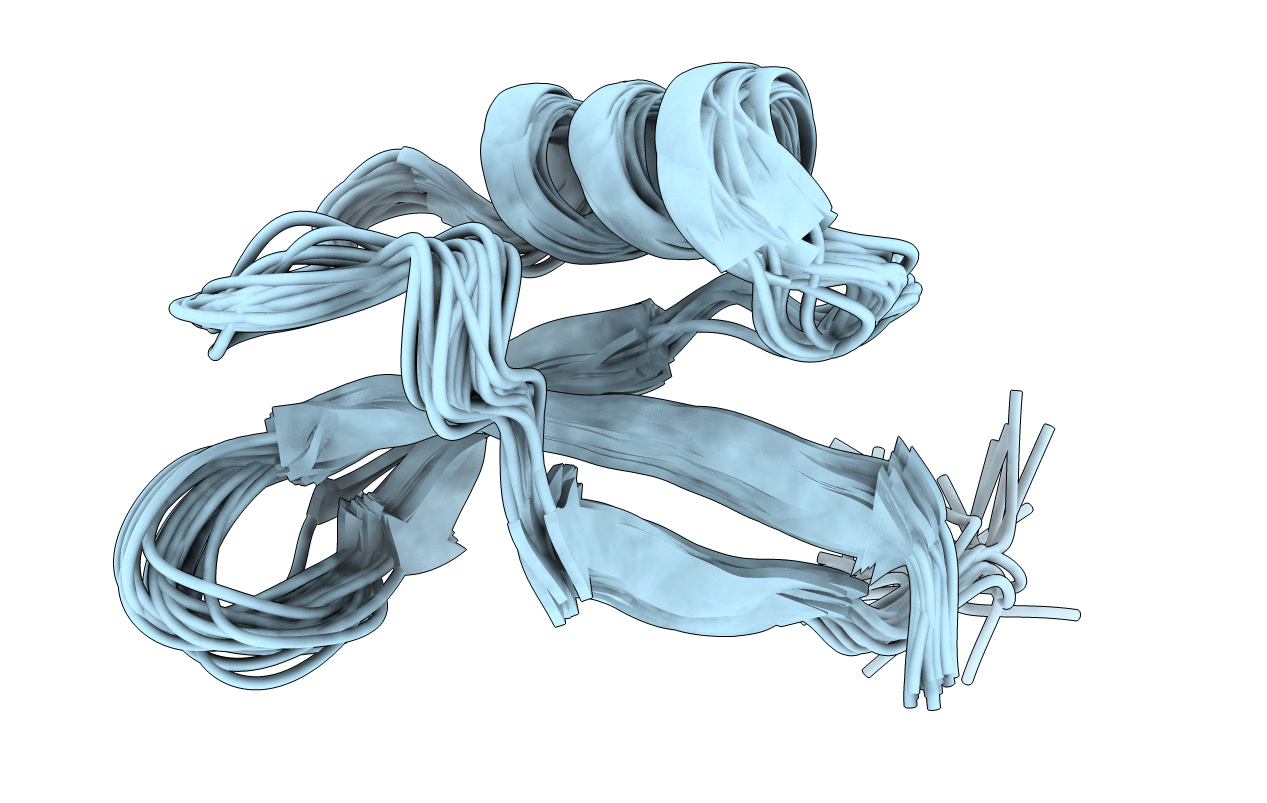
Deposition Date
2015-05-11
Release Date
2015-07-22
Last Version Date
2024-11-06
Entry Detail
Biological Source:
Source Organism:
Heuchera sanguinea (Taxon ID: 43368)
Host Organism:
Method Details:
Experimental Method:
Conformers Calculated:
100
Conformers Submitted:
20
Selection Criteria:
structures with the least restraint violations


